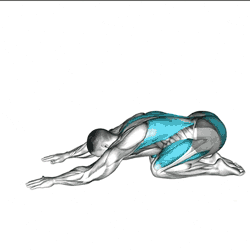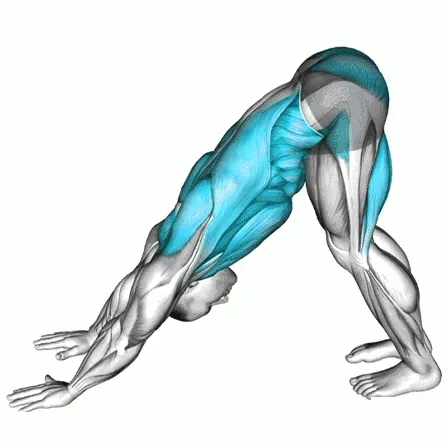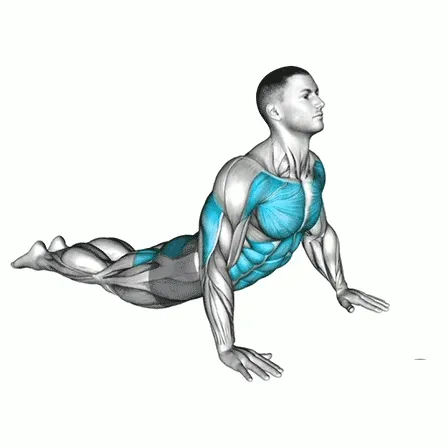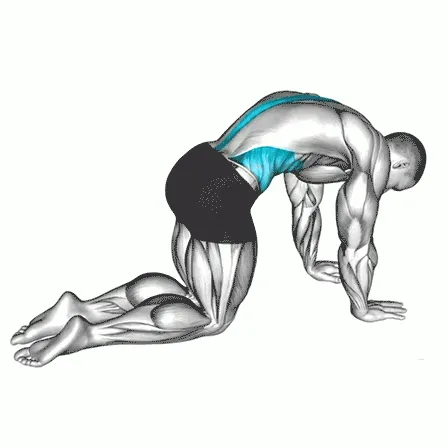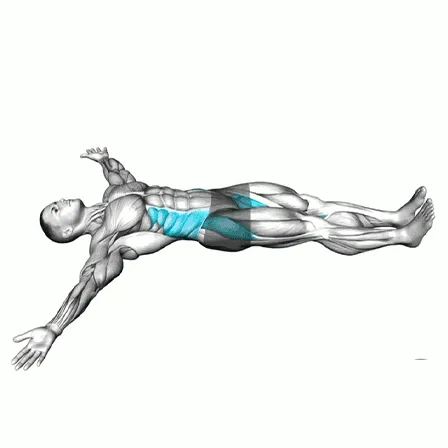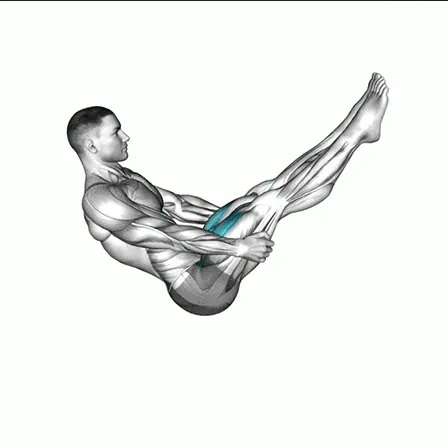The Benefits of Child’s Pose in Yoga
Child’s Pose, also known as Balasana, is one of the most calming and restorative yoga postures. It helps stretch the spine, hips, thighs, and ankles while promoting deep relaxation and stress relief. This beginner-friendly pose is often used as a resting position during yoga practice.
Step-by-Step Instructions for Child’s Pose
1. Start in a Kneeling Position
Begin on your hands and knees in a tabletop position. Align your wrists under your shoulders and your knees under your hips.
2. Bring Your Big Toes Together
Touch your big toes together behind you. Spread your knees apart to a comfortable distance, either hip-width or as wide as the mat.
3. Lower Your Hips Back
Gently sit your hips back toward your heels. Don’t force it if they don’t touch—go only as far as is comfortable.
4. Stretch Your Arms Forward
Walk your hands forward, extending your arms fully. Spread your fingers wide and press your palms into the mat.
5. Rest Your Forehead Down
Lower your forehead to the mat. If it doesn’t reach, use a pillow, folded blanket, or yoga block for support.
6. Relax and Breathe
Close your eyes and take slow, deep breaths. With each inhale, feel your chest expand against your thighs.
Tips for Practicing Child’s Pose
-
Modify as Needed: If your knees are sensitive, place a blanket under them. If your hips feel tight, keep your knees closer together or use a bolster for support.
-
Adjust Arm Position: For a more passive variation, rest your arms by your sides with palms facing up. To deepen the stretch in your shoulders, keep arms extended forward.
-
Focus on Your Breath: Inhale deeply into your back body, and exhale to release tension.
-
Use as a Resting Pose: Return to Child’s Pose whenever you need a break during your yoga flow.
-
Avoid Strain: If you feel discomfort in your knees, lower back, or hips, adjust your position or use props.
Key Benefits of Child’s Pose
-
Relieves tension in the back, shoulders, and chest
-
Calms the mind and reduces stress and anxiety
-
Stretches hips, thighs, and ankles
-
Improves blood circulation to the head
-
Gently massages abdominal organs and supports digestion
-
Promotes relaxation, mindfulness, and better focus
Conclusion
Practicing Child’s Pose regularly brings both physical and mental benefits. Whether you are a beginner or advanced in yoga, this gentle posture is essential for relaxation, recovery, and balance. Add it to your yoga routine to reset, restore, and recharge your body and mind.
